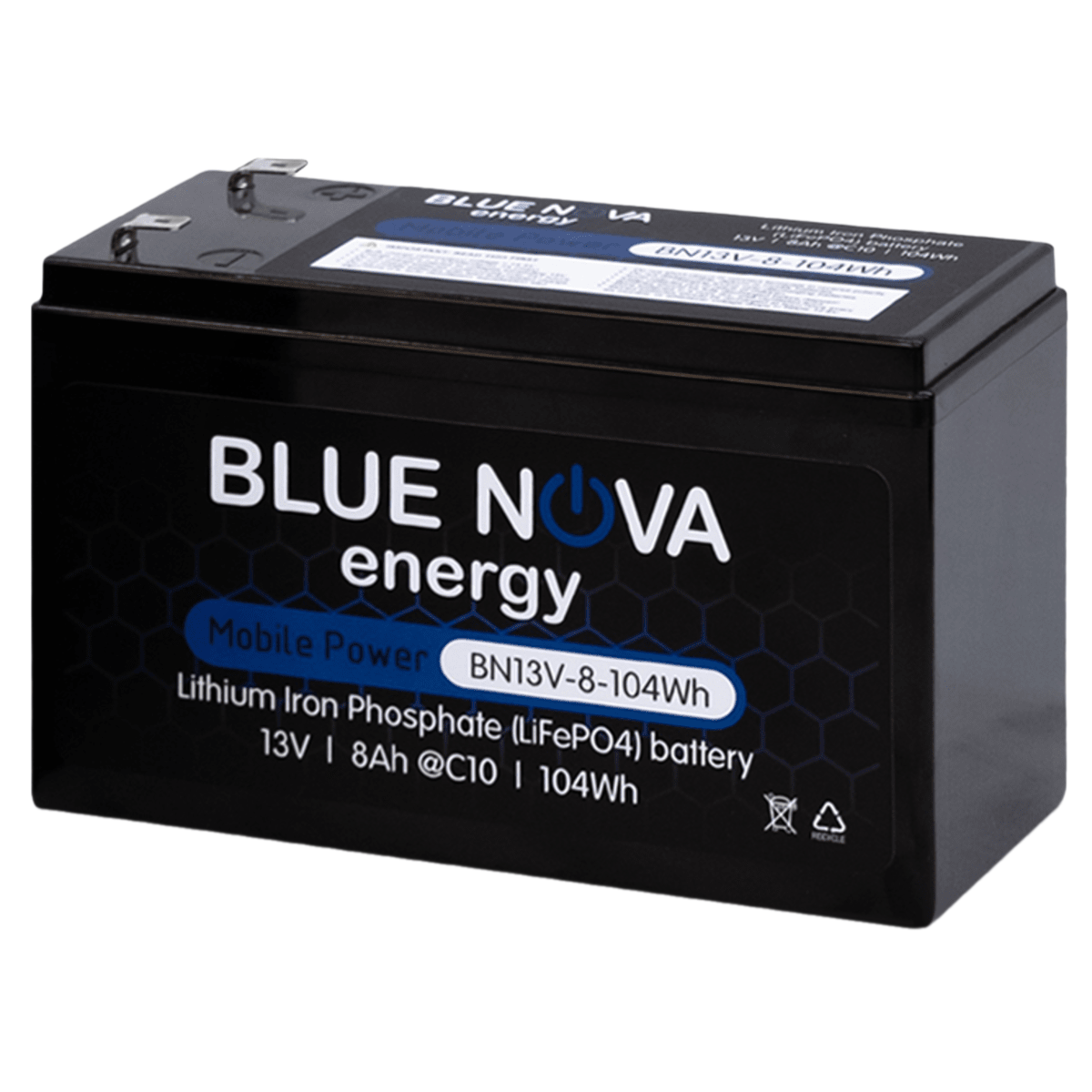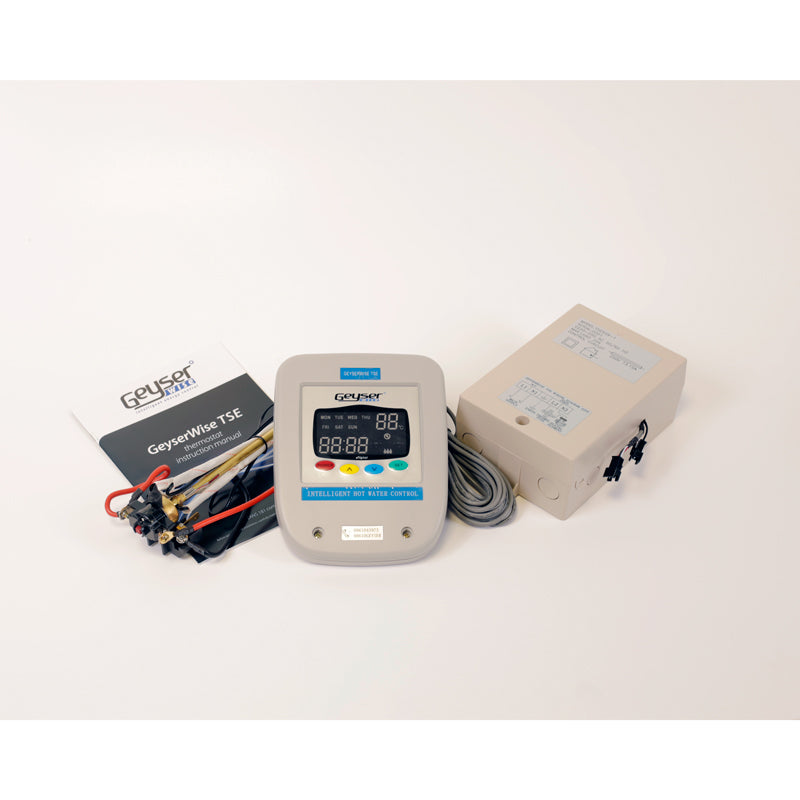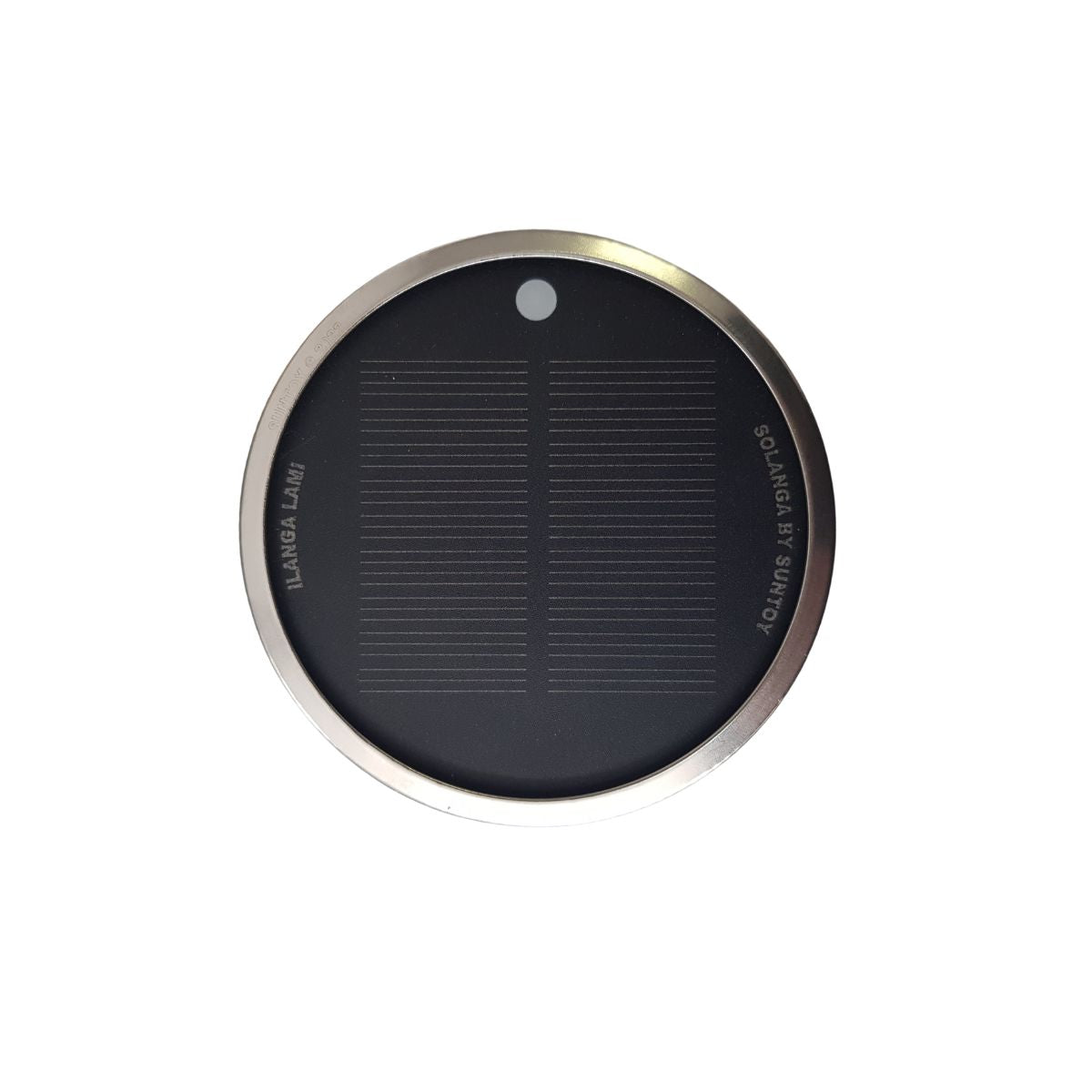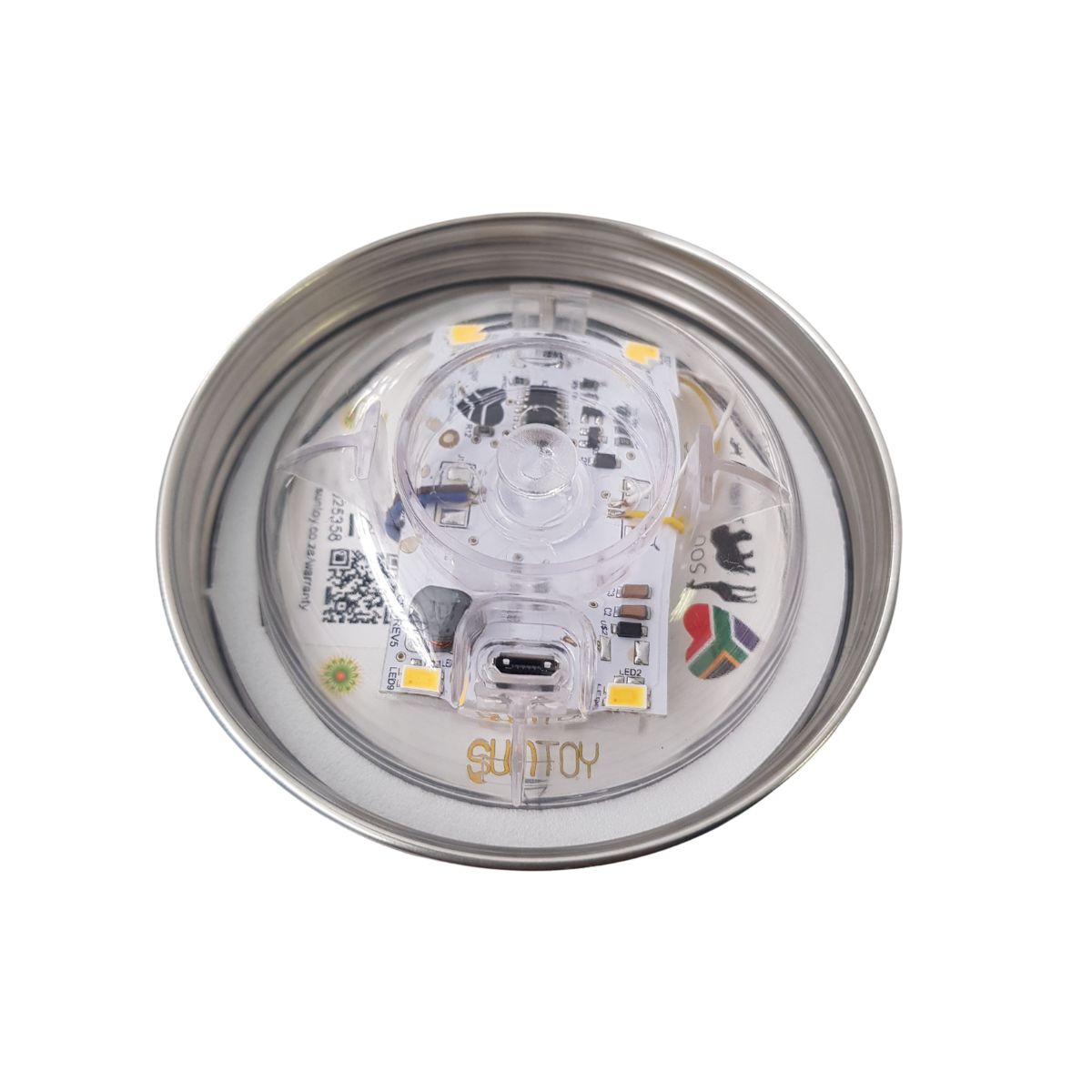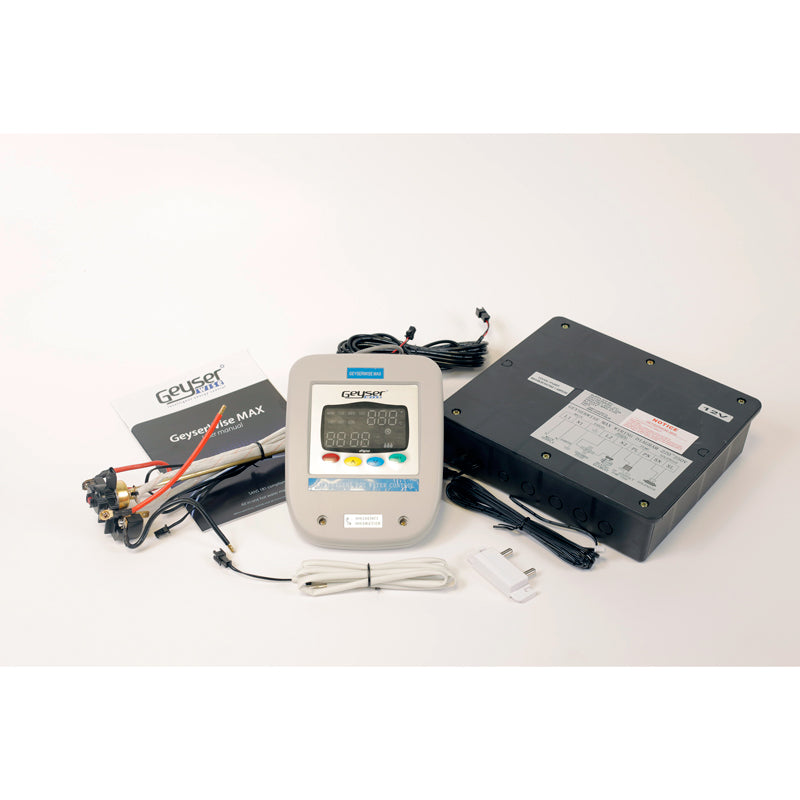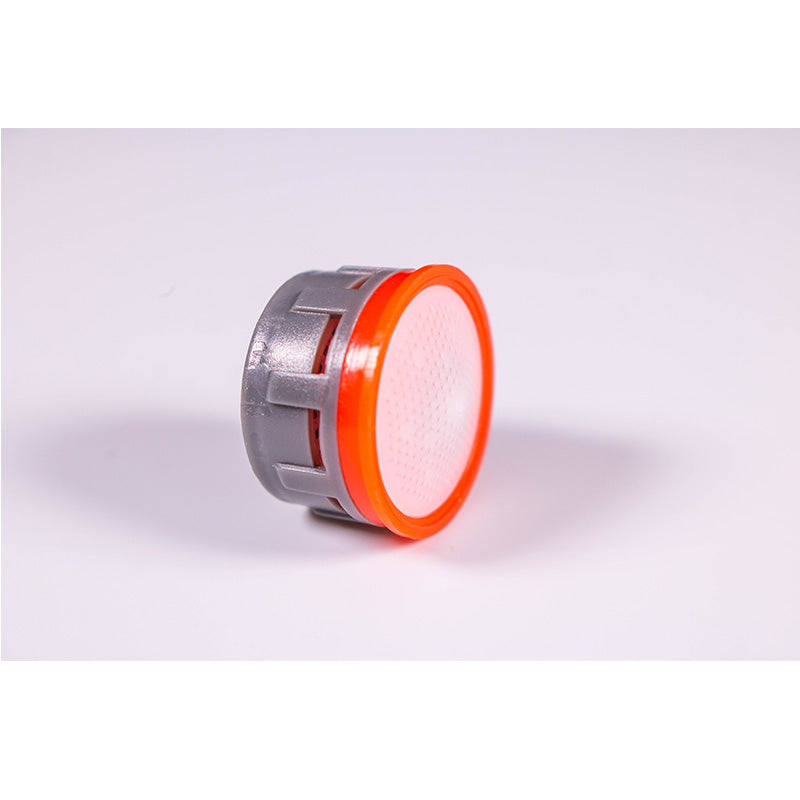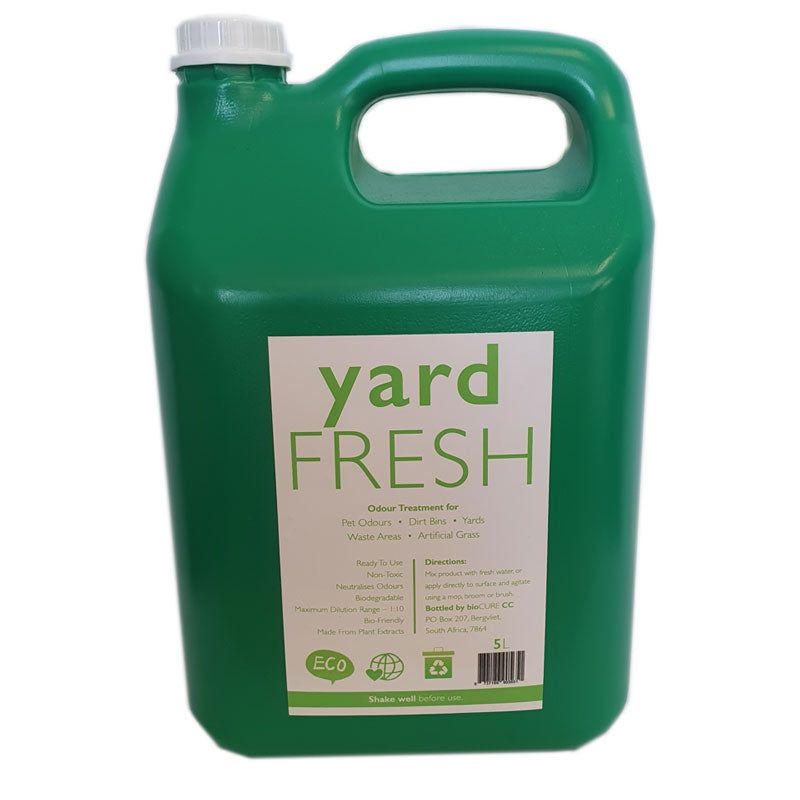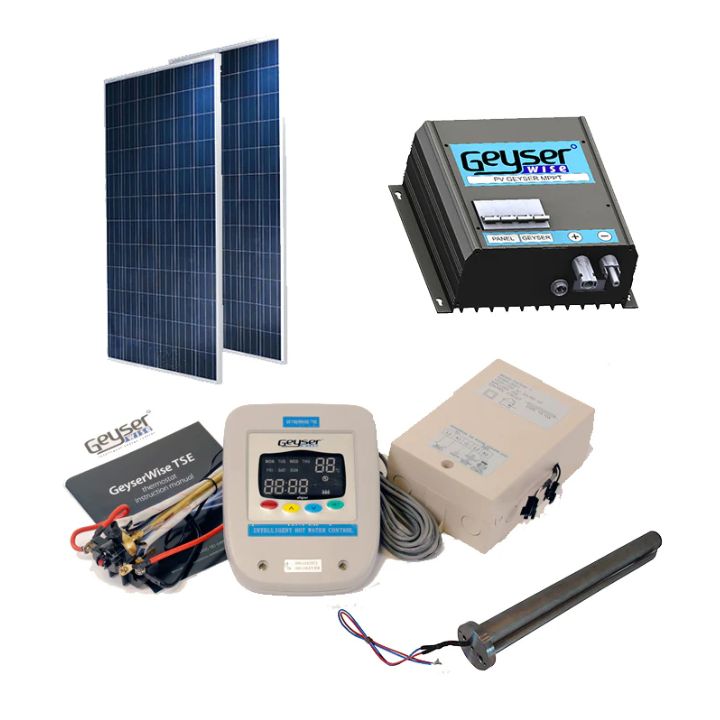How much does a Solar Power System cost?

As a service provider active in the Solar industry for almost 20 years, this is the most common question we get asked. As a buyer, we understand that you want to know what sort of outlay you need to provide to become less dependent on the grid. Whether you already have the funds available or whether you need to save, the most basic answer is “How long is a piece of string?” but this does not help anybody, so we have decided to take the time to provide a bit of clarity on what sort of budget you need to have to invest in power from the sun.
What are you looking for?
This is the first question you need to ask yourself. Is your dream to be independent of Eskom and completely off-grid? Or do you just want something to tide you over during Load Shedding? The answer to this is tied into what sort of budget you have and what you would ideally like to achieve. Some options available are as follows:
• I want to be independent of the grid
We are going to be direct here. This is not going to come cheap. Not only do you have to have enough power storage to power what you use daily, you will need to increase the battery bank (the most expensive component of a solar power system) to allow for rainy days when there is no sun. At a thumb suck, you can calculate this based on R 10 000.00 per unit of electricity you use daily i.e., 20 units per day = R 200 000.00.
• I want to supplement my power usage
This is a more feasible option for those who have some money to spend and want to start moving towards having less dependency on Eskom. Supplementing your power means you use a combination of solar and the grid, and should there be a power outage, certain lights and appliances remain on. Here you can look at spending anything from R 15 000.00 and up depending on how much electricity you use.
• I just want something to tide me over through Load Shedding
If you are just looking for a battery back-up, this is the most affordable option. Something that can power your laptop, router, cellphone and a lamp. There are lovely plug and play systems available, but they can be costly due to their convenience and portability, but we have also built our own Power Boxes which are a bit more affordable but not as convenient. Here you are looking at anything from R 6 000.00 – R 30 000.00.
What are the first steps?
The first steps to take when investigating solar, is to become as energy efficient as possible. The less power you use, the less money you will need to spend to run it.
* Replace all your indoor lights with LED Lights and your outdoor lights with Solar Lights.
* Try to replace anything the generates heat with something that doesn’t use electricity. Gas ovens and stoves for cooking, Solar Water Heating systems to replace your geyser. If this is not within your budget, try to reduce your reliance on these. With geysers, you can save money by insulating them with a geyser blanket and the pipes with pipe insulation. The less heat that is lost, the less electricity it takes to heat the water up again.
* Look at replacing your fridge with an energy efficient counterpart. Bosch is the industry leader here. Be careful of other brands that claim A ratings. If they can’t tell you what the actual power rating is (not the daily or annual rating) then it is unlikely that you are dealing with an energy efficient fridge.
What inverter do I need?
There are a variety of options available but it seems that many people are confused by the role of an inverter. To put it in very basic terms, an inverter is a management system that converts the current from the solar panels/ battery (direct current or DC) into electricity that is used in your household (alternating current or AC). An inverter does not store any power and thus cannot run anything - this is the role of the batteries. The rating of the inverter depends on how much power you will ever need at any one time. Please see an example below:
10 x 10W LED Lights = 100W
1 x LED SMART TV = 100W
2 x 30W Smart Phones = 60W
1 x Router = 20W
1 x Laptop = 65W
Total = 345W
You will need an inverter that is at least 400W to cover the load (all the equipment you will need to power at any one time).
There are also different types of inverters available:
* Hybrid Inverters – This inverter has a built-in charge controller and battery charger. You need a charge controller if you intend on using solar to power your batteries. This regulates the charge coming in from the solar panels, so they don’t damage your batteries. The battery charger uses electricity to recharge your batteries when there is no sun. The inverter manages all this.
* Inverter/ Charger – This is like the hybrid inverter but does not come with a built-in charge controller, so you will need to purchase one separately if you want to add solar panels.
* Off-grid Inverter – This inverter does not have a battery charger or a built-in charge controller and is used for off-grid purposes. You will need to purchase a separate charge-controller.
* Grid Tie – This inverter converts current coming in from the solar panels and feeds it into the Grid feeds into the home's power supply. This supplements your power usage but if there is a power outage the system will go down. It also has a built-in charge controller, but batteries cannot be connected to this inverter.
The voltage of your inverter will depend on the voltage of your battery bank (12V, 24V or 48V). If you are looking for something small, 12V is suitable but if you are looking for something for a household or something that you can expand on at a later date, a 48V system is the way to go. This gives you room to expand.
What else should I consider?
The amount of power you use is not just based on the power ratings (wattage) of each product but also how long you will be using it for. Let’s use the following example from above:
10 x 10W LED Lights = 100W
1 x LED SMART TV = 100W
2 x 30W Smart Phones = 60W
1 x Router = 20W
1 x Laptop = 65W
Total = 345W
Let’s say you need to power that load for 4hrs to cover Load Shedding. 345W x 4 = 1 380 Watt Hours or 1.38 kilowatt Hours. We add 20% to that power requirement to cover losses which will be 1.66kWh. That is 1.66 units of electricity. You will need that amount of power available from your batteries to be able to power your load during Load Shedding. Keep in mind that there will also need to be enough time afterwards for the battery to be recharged. If you have only catered for 4hrs and Load Shedding occurs 2hrs later again, this will not be enough time to recharge your battery bank.
What now?
As you can see, sizing a suitable system for your requirements is not an easy feat. We hope that we have given you some insight as to what is involved. There is much more to consider when it comes to solar sizing. We wanted to provide a basic outline of what you should know before investing. At Sustainable, we have been designing custom power solutions since 2002 (almost 20 years) and we are more than happy to go on the journey with you to becoming more Sustainable. Best of all, our expert, professional advice is free. What more could you ask?
Look out for Part 2 of this blog "How do I know what battery bank I need?"
Look out for Part 3 of this blog “Can I expand my Solar Power System at a later date?"
